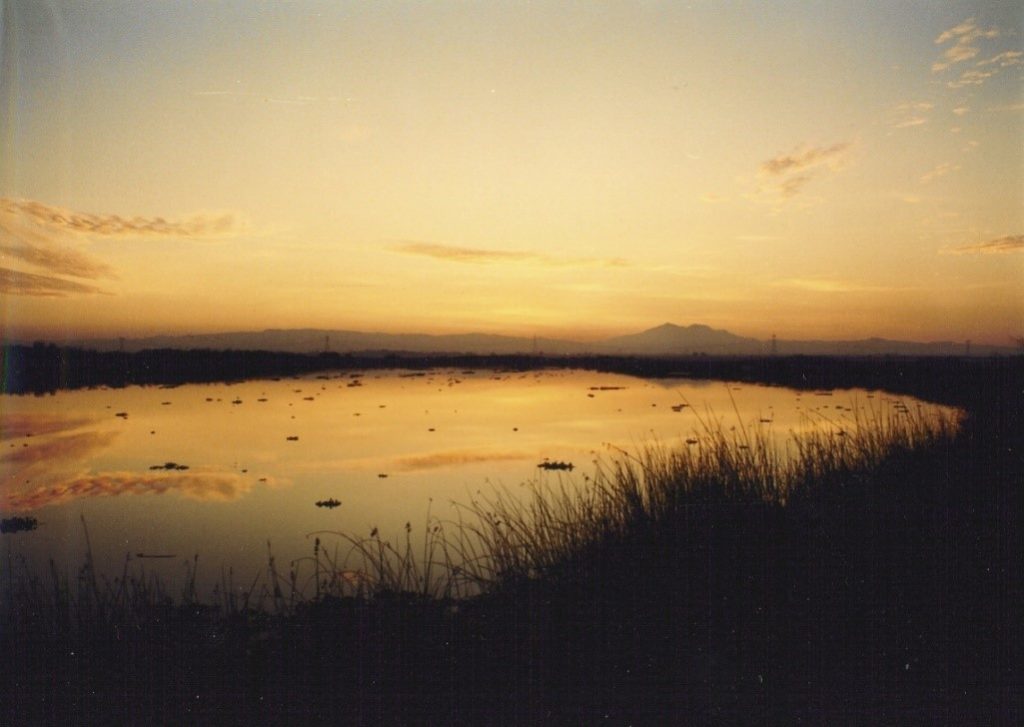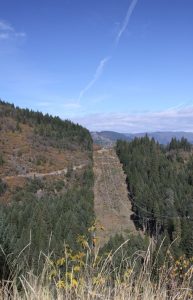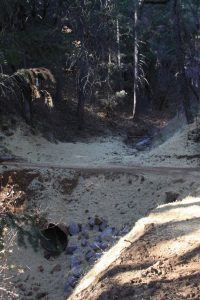The Transmission Agency of Northern California (TANC) has established and maintained a record of environmental stewardship for natural resources affected by its facilities for decades. TANC continues to provide an exemplary environmental record in its waterfowl conservation, wildlife management, fire suppression, fuels management, and access road erosion control efforts.
Waterfowl Habitat Management Plan

Since 1993, TANC has worked with the California Department of Fish and Game (since renamed the California Department of Fish and Wildlife) to successfully manage 1,219 acres of farming-friendly waterfowl habitat in the Sacramento-San Joaquin Delta. This TANC-owned property is managed primarily for corn and wheat farming, but also includes three brood ponds, a seasonal wetland, an annex pond for additional waterfowl open-water habitat, and several other water management and nesting habitat improvements to encourage the annual production of waterfowl to flight stage.
TANC’s tenant farmers routinely leave excess residual corn, safflower, and wheat each year to ensure that returning waterfowl find adequate food and cover resources. Since 1998, the tenant farmers have left over 49 million pounds of waterfowl food from corn, wheat, and other grain crops.
To date, this cooperative effort has helped raise more than 3,000 ducks to flight stage and provided important habitat for thousands of additional Pacific Flyway migratory waterfowl. Implementation of TANC’s Waterfowl Habitat Management Plan continues to be one of the best examples of farmer-friendly waterfowl management in the Sacramento-San Joaquin Delta.
Vegetation Management
 TANC’s vegetation management contractors maintain an ongoing dedication to respecting the value of the cultural and natural resources that could be disturbed by vegetation management activities directed towards the removal of danger and hazard trees that could affect California-Oregon Transmission Project (COTP) conductors and right-of-way (ROW).
TANC’s vegetation management contractors maintain an ongoing dedication to respecting the value of the cultural and natural resources that could be disturbed by vegetation management activities directed towards the removal of danger and hazard trees that could affect California-Oregon Transmission Project (COTP) conductors and right-of-way (ROW).
TANC collaborates positively with the U.S. Forest Service to ensure that these resource values are observed. The Western Area Power Administration (WAPA) oversees vegetation management contractors on behalf of TANC and the COTP.
Every WAPA contract for COTP vegetation management includes information from environmental surveys, documentation specific to the area where tree cutting is planned, and the accompanying requirement that: “Prior to commencement of operations the contractor must meet with the WAPA point of contact in charge to discuss any environmental issues that pertain to the specific site location. Examples might be archaeological sites, special treatment areas, threatened or endangered species locations and/or habitat, underground utilities, or monument locations within the right of way.
Water Quality
 The COTP crosses several miles of remote, variable, and often rugged topography and terrain. COTP towers are located at elevations ranging from sea level or slightly below near the Sacramento-San Joaquin Delta to over 6,000 feet in Shasta County. The terrain ranges from flat, cultivated agricultural lands to the Sierra Nevada foothills to steep mountain slopes and lava formations where vehicle access ranges from unsafe to inaccessible. Some high-elevation side slopes may be unstable due to site geomorphology. TANC has consistently maintained the COTP access roads to ensure that no adverse water quality effects degrade potentially affected streams and wetlands.
The COTP crosses several miles of remote, variable, and often rugged topography and terrain. COTP towers are located at elevations ranging from sea level or slightly below near the Sacramento-San Joaquin Delta to over 6,000 feet in Shasta County. The terrain ranges from flat, cultivated agricultural lands to the Sierra Nevada foothills to steep mountain slopes and lava formations where vehicle access ranges from unsafe to inaccessible. Some high-elevation side slopes may be unstable due to site geomorphology. TANC has consistently maintained the COTP access roads to ensure that no adverse water quality effects degrade potentially affected streams and wetlands.
TANC’s access road contractors develop detailed work plans by walking the entire road segment where repairs are needed and specifying the appropriate erosion and/or drainage control improvement to be constructed or installed at precise locations. These improvements are designed to minimize potential water quality impacts to contributing and receiving micro-watersheds. TANC also ensures that potentially erosive stream crossings are stabilized over winter to minimize potential erosion and water quality impacts.
